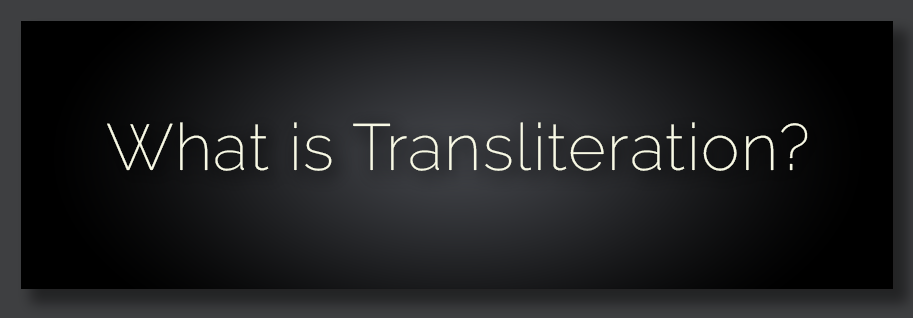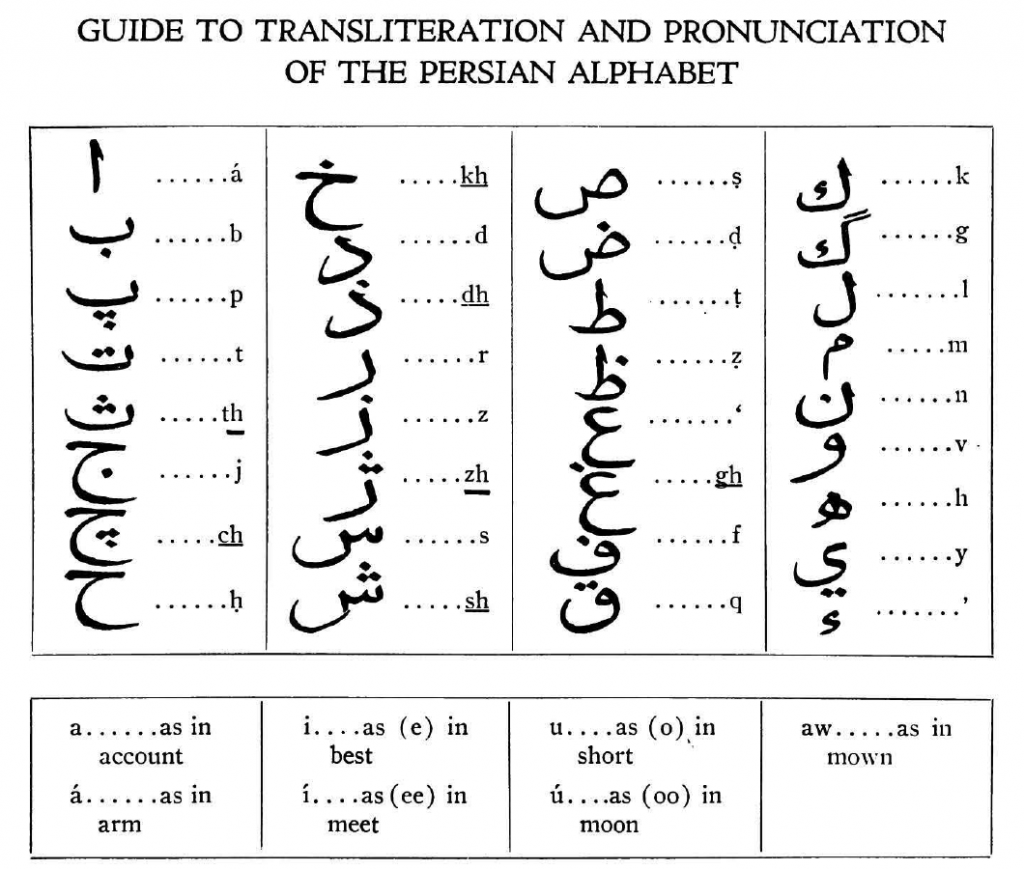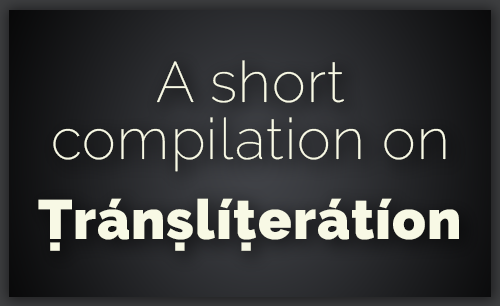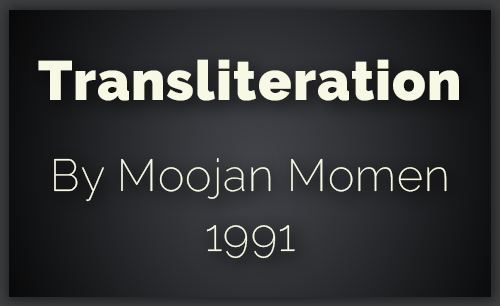
David Crystal in his Dictionary of Linguistics and Phonetics (2008, 6th edition), long a reference in the field of linguistics, defines transliteration this way:

An example would involve transliterating the Persian word زرد into zard, meaning “yellow,” to assist those who cannot read the Persian alphabet.
Shoghi Effendi, the Guardian of the Baháʼí Faith, set the standard for Baháʼí transliteration in the 1920s. This has been codified in several places, such as the following table, first published in Baháʼí World, vol. 2 (1928), p. 214:

Apparently due to the origins of the Baháʼí Faith in Iran, the Baháʼí system of transliteration typically favors a Persian flavor in the way that terms, proper names, and the like are rendered, and this applies even to Arabic.
We have generally tried our best to abide by the standard orthography as prescribed by Shoghi Effendi, but our transliterations of Arabic texts do reflect Arabic phonology to match the way those selections are pronounced in our videos. For instance, we at The Utterance Project would use awwal to transliterate the word for “first,” not avval (Persian has a V, but no W; the reverse is true of Arabic).
Below you can find two additional resources on Bahá’í transliteration:

